The rocket came in fast, maybe 900 feet per second—too fast for anyone to sound the warning siren, and much too fast for all the troops of the 2nd Marine Expeditionary Force to take cover. It was March 21, 2007, when the 73-millimeter insurgent-launched rocket exploded inside their base in the Al Anbar province of Iraq, right next to Corporal Dustin Jerome Lee and his canine partner, Lex. Lee, a 20-year-old Mississippi native, was gravely wounded by the blast. Lex—a German shepherd trained to sniff out hidden explosives—was also injured, his brown and black fur burned, shrapnel lodged in his back and spine.
Marines on the scene watched as the bleeding Lex climbed on top of Corporal Lee to protect him from further harm. They saw Lex try to revive his master by licking his wounds. And the Marines who rushed to their comrade's side had to peel Lex reluctantly off the young corporal so medics could try to save him. But Corporal Lee's injuries were too severe; he died at a nearby military hospital.
A few days later, two uniformed Marines arrived at the Lee family home in Quitman, Mississippi, to deliver the news of the corporal's death. "After the Marine Corps representative told us everything that happened," recalls Dustin Lee's mother, Rachel (pictured above with Lex), "my next question was—and I'll always remember it—'What about Lex?'
The Marines seemed puzzled. "We're not sure," they said. "We know he's alive. Why?"
"The more we talked, the more I wanted Lex to be at Dustin's funeral," she says. "After hearing that Lex climbed on top of Dustin as they both bled…Lex and Dustin shared a bond, and now that bond is a blood bond. Lex was the last to see my child. I wanted him there at the funeral with me."
What explains this powerful human-animal connection? What makes a wounded dog protect his dying partner—and what makes a grieving mother want that faithful canine companion at her son's funeral?
“Lex was the last to see my child. I wanted him there at the funeral with me.”
—Rachel Lee
Humans have long been fascinated by the other animals with whom we share this planet. Our distant ancestors started painting horses and the fearsome aurochs (which humans would eventually tame and breed into the contemporary cow) on cave walls tens of thousands of years ago. Animals both wild and domesticated adorned ancient pottery and jewelry, and joined our ancestors in their tombs.
Today animals still enchant us, perhaps more so than at any time in history. There are roughly twice as many pets in American households as there are children under 18. Forty years ago Americans owned about 40 million pet dogs and cats in a nation of 200 million people; today our pet population has more than quadrupled, as the human population has grown to 300 million. Sentimental books such as Dewey: The Small-Town Library Cat Who Touched the World and Marley & Me have become New York Times bestsellers. We knit for our dogs and serve lobster to our cats. And when our pets become ill, we're ever more willing to spring for veterinary care. Ailments that used to be death warrants—cancer, a broken hip, kidney failure—are now often successfully treated. "When I first went into practice [in the late 1980s], ten was pretty old for a Labrador or golden retriever," says Jeff Wells, D.V.M., the author of All My Patients Have Tales. "Now I often see those breeds at 14, 15 years old."
But even though we've benefited from the loyalty, intelligence, and labor of animals for thousands of years, humans are only beginning to understand why we feel such strong attachments to specific members of other species. Over the past ten years intriguing studies have started to reveal the evolutionary, social, and biochemical reasons that people and animals are such fast friends—and offer the rudiments of an explanation for the amazing phenomenon of animal heroism.
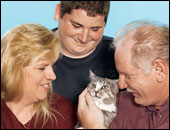
"The deputy sheriff told me that if Winnie had waited five more minutes to wake us up, we'd all be dead."
—Cathy Keesling
Early Spring floods in 2007 had inundated the flat neighborhoods and farms around the eastern Indiana house of the Keesling family. Their home's basement had taken on some 30,000 gallons of water, and a gasoline pump had been set up to empty it. After the family went to bed, a crack in the pump's venting system caused carbon monoxide to pour into the home's heat ducts.
Cathy Keesling had closed all the windows in the house, save one on the first floor where Winnie, the gray-and-black-striped cat the family had rescued from a barn years before, was sleeping. When deadly gas filled the house, Cathy's teenage son, Michael, fell unconscious in the hallway. Cathy and her husband, Eric, were slowly sinking into unconsciousness as well. Winnie had been breathing the clear night air, so she was the only living creature in the house that could tell something was wrong. But rather than escaping through the open window, Winnie raced over to Cathy.
"Winnie was pulling my hair and yowling in my ear," Cathy recalls of her normally mellow cat's unusual behavior. "I would wake up and pass out again. Every time I passed out, Winnie would wake me up again."
Cathy managed to rouse herself and dial 911, but the gas knocked her out before she could tell the operator what was going on. The dispatcher sent out a state trooper and sheriff's deputies, who dragged the family onto the porch and into the fresh air. A firefighter found Winnie in a closet.
Everyone recovered after many hours in the hospital, where the dire nature of their situation became clear. "The deputy sheriff told me that if Winnie had waited five more minutes to get us up, we'd all be dead," Cathy Keesling says. "I'm so proud of her.
"I guess because we saved her life, she saved ours."
In 1987 the National Institutes of Health (NIH) launched a workshop on the health benefits of owning pets: at that time there were a few scientific papers on the subject, including a study that proved pets boosted survival rates for coronary care unit patients. By last year, when the NIH held a workshop on how pets help people, new findings had proliferated, though in many cases they simply validated what people have known about pets for centuries. One study showed that dog ownership promotes regular exercise. Another found that being near a pet lowers its owner's blood pressure (an effect that family members, no matter how beloved, can't match).
More surprising were new data on the key role of chemistry in the relationship. When a person interacts with a pet, the central nervous system releases several hormones that cause feelings of pleasure—and one hormone in particular, oxytocin, appears to play a major role in reinforcing the bond. Produced by new mammalian mothers to encourage bonding with their offspring, oxytocin creates a sense of warmth, nurturing, and calm. In 2002 two South African researchers measured oxytocin levels not only in humans petting dogs but in the dogs themselves: the dogs experienced the same chemical releases and calming effects as did the humans. Researchers are still unclear about the exact role of these chemicals, though when two different species can produce feelings of peace, closeness, and contentment in each other, it's clearly an intriguing find.

Kid, American quarterhorse, 40, with Jeremy Hardin
"The horse got depressed, really hung his head low. But after Jeremy rode him, Kid basically announced, 'I'm back in business, baby!' "
Most dramatically, she tells the story of Kid, a 40-year-old horse (one of the oldest in the country) that has lived at Cedar Creek since 1997. "I tried to retire Kid in 2006," she says. "He was 37. Kid got depressed, really hung his head low." Soon enough, a young man named Jeremy Hardin arrived at the center. Lately, his cerebral palsy had begun to require that he take frequent rest breaks during a ride, which was difficult for Grindler's younger horses. "I pulled Kid out of pasture," Grindler recalls, "because I knew he wouldn't mind stopping.
"The next day," she continues, "Kid trotted right into the feed area, spun himself around, and basically announced, 'I'm back in business, baby!' I think the horses know they're helping. I see them arc their necks and look back at the rider. I think they like their work." Jeremy doesn't speak, but his parents say he loves his time with Kid. "He's smiling all the time" as he rides, says his mother, Debbie Hardin.
Science can't yet fully explain such anecdotes, says James Serpell, Ph.D., director of the Center for the Interaction of Animals and Society at the University of Pennsylvania's School of Veterinary Medicine. Nor can it explain why certain animals and certain humans prefer each other. "The mechanisms [of the human-animal bond] aren't very well understood," Serpell says. "There's been so little serious research, which is surprising when you think how big a part of people's lives companion animals are. The bond is consistently under-appreciated by the powers that be," that is, the funders of experiments.
What is clear is that animals have adapted to fill a changing—but still key—role in society. Dogs that once guarded us as we slept around the fire pit now watch intently as we spend hours creating PowerPoint presentations. "That bond is there all the time," says Cesar Millan, the National Geographic Channel's Dog Whisperer. "Even when you are sitting quietly in the family room at the end of a long day, watching TV with your dog lying at your feet, that connection exists; you're still feeding it."
One canine trait that has evolved into something potentially quite significant is dogs' acute sense of smell (10,000 to 100,000 times more keen than our own cut-rate olfactory capacity), which once helped humans track down prey. Today trained dogs can detect bladder cancer just by sniffing a urine sample; humans must perform complex analyses to find the disease. And Sadie, a brown Labrador retriever in Arizona with a nose for accelerants, makes the job of arson investigators much easier. "As soon as people see the dog, they confess," a fire-department officer told The Arizona Republic in 2008. "You can't lie to the dog when she sits down in front of you, because she smells gasoline on your hands."
Service pets warn chronic seizure sufferers of an oncoming attack with a paw thump or a bark; animals can sense chemical-odor changes that humans cannot. In 2006 a three-year-old Florida beagle named Belle saw her owner collapse in a severe diabetic seizure; Belle held down the 9 on the phone with her teeth, as she'd been trained to do. The phone automatically dialed 911, and paramedics arrived in time to save her owner.
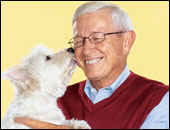
Charley, West Highland white terrier, 4, with Roy Monie
"It was a miracle" that Charley found Roy Monie, who had fallen off a ladder. "God put us there for a reason."
—Frances Gippert
But there's more to the connection than training. Four-year-old Charley, a West Highland white terrier in Atlanta, is not a search-and-rescue dog. In fact, when Charley made his lifesaving rescue last year, his owner wasn't even aware that anyone needed help. One August day the little dog began urgently pacing and barking to be let out of the house. Owner Frances Gippert clicked Charley's leash onto his collar and opened the front door. He dragged her away from their usual route and toward a yard three doors away, where Roy Monie lay semiconscious and badly bruised. Monie had fallen off a ladder and had suffered a brain hemorrhage. If Charley hadn't found him—no one knows how—so that Gippert could call 911, Monie likely would have died. Since then, Monie and his family have embraced Gippert, who had lost both parents and her sister to cancer. Last year they all celebrated Christmas together. "This whole process has been very emotionally moving for me," says Gippert, who was working from home after a difficult divorce. "It has changed my life. I just wanted to stay in my house, me and Charley," she says. "Roy didn't let that happen."
Despite being shaky from his injuries, Lex, the Marine dog, made it to Corporal Dustin Lee's funeral. He and Dustin's younger brother, Camryn, then 13, even played together for a while (the Lees also have a daughter, Madyson). Several top Marine Corps officers attended the March 2007 service in Quitman, Mississippi, and Rachel Lee had another question for them: "I would like to know how we can adopt Lex." Rachel didn't want Lex to return to service—and into harm's way.
Throughout 2007 Rachel pressed the Marines for an answer. Red tape and regulations thwarted her—as did grief. "I was in a fog," she says of that period. "I don't remember a whole lot. But my dad, my husband, my brothers, they were all pursuing it."
In December 2007 the Lees' phone rang. Rachel answered the call: Lex had been granted an early discharge. The Lees could come to Georgia and pick him up. "It took so many people trying to help," says Dustin's father, Jerome. "The amount of support we had was heartwarming."
The Lees drove seven hours to the Marine Corps base at Albany, Georgia; in a ceremony there on December 21, 2007, Lex was discharged from duty and presented to Rachel and Jerome. State police from Georgia, Alabama, and Mississippi provided a rotating escort the entire way home, as did motorcycle groups such as the Christian Motorcyclists Association and the Patriot Guard Riders.
When Lex arrived in Quitman, he made himself right at home. "It was amazing how Lex became part of our family on day one," Jerome says. "Lex had that special bond with Dusty, and part of Dustin is in Lex. It's like he knows where he is and who we are. He wants to help us cope with our grief."
Today, Rachel says, "Lex walks with me everywhere. That's the bond I also feel with Dustin. I look at Lex and I learn so much about working dogs, and their importance. It encourages me to go on. That's what Dustin would have wanted. To take my hand and put it on Lex, it's a healing experience."
Geoff Brown is the author of the guidebook Moon Baltimore.











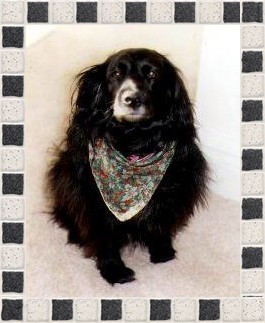
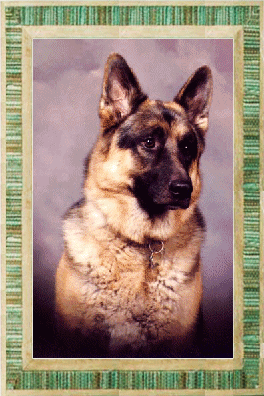


.jpg)



















.JPG)




































.JPG)






























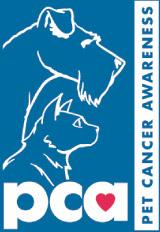


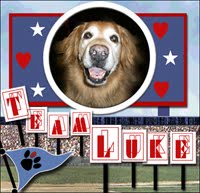.jpg)


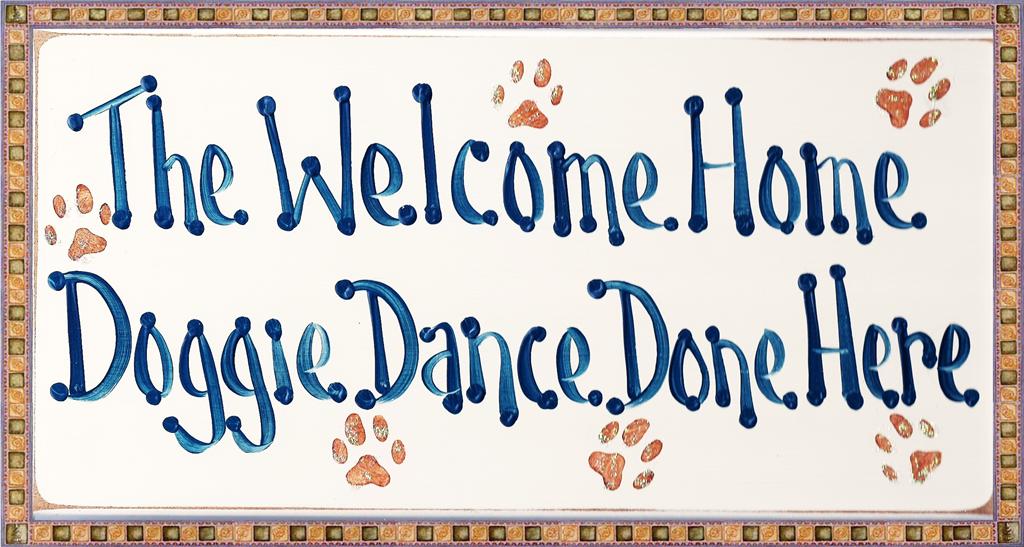
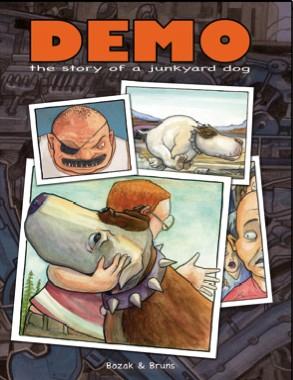

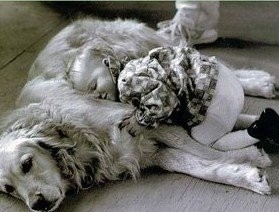

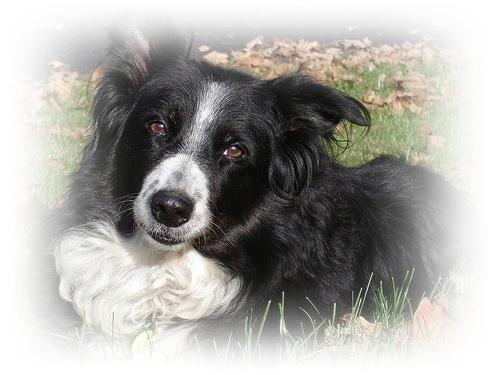



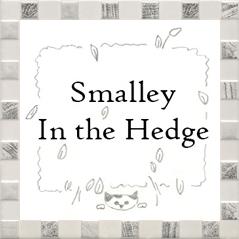
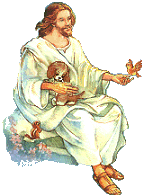
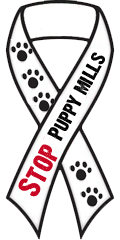
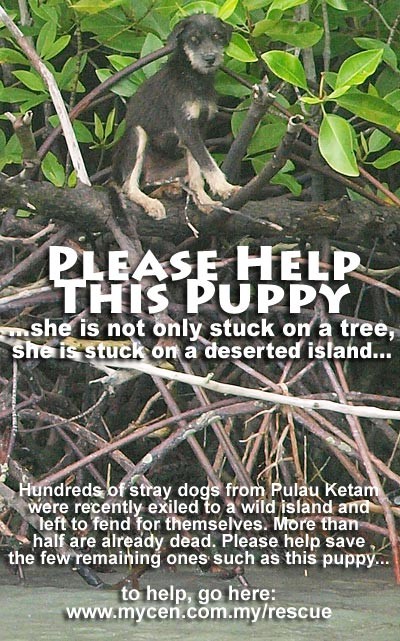











17 comments:
We just managed to read the first story!!!
How moving - our mum has tears in her eyes and will leave the other stories until another time.
love and kisses
Martha & Bailey xxx
Thank you for this...our animals are quite amazing! (One day I might have the courage to tell the world what Max has done for me...)
What a spectacular story and a great ending.
I also have tears, what a moving story, I love my pets and I believe that animals do know when danger is near and that they want to take care of you. Thank you for sharing this with us.
What wonderful stories. I really love the story of the 40 year old horse.. that hits close to home for me, as my horse was around that age when he died (I had him for 6 years).
Hi Scout and Freyja!
Great story. I will have to read it again.
Happy Halloween!
Hugs
Matilda
If interaction with animals is so good for our health, with my pack I should live forever.
Humans love animals because they are truly unselfish. They will wait until we have time to spend with them, suffer from our neglect, but still adore the few minutes we spend with them.
Sam
Thanks for the most wonderful stories! I was reading them and now have lots of tears in my eyes. Animals are so great...I cannot imagine a life without one or more with me.
This is a lovely story. Have you read Paws & Effect: The Healing Power of Dogs? It's a book of similar stories, detailing all the scientific studies of how dogs help heal humans. I really enjoyed it.
Nice story
Happy Halloween
Benny & Lily
What a GREAT post!
Tank Woo!
Happy HOWLoween!
I hope woo get lots of treats without any trikhks!
Hugz&Khysses,
Khyra
Scout and Freyja,
Happy Halloween!!!!!
Love,
Homer
Scout and Freyja,
Happy Halloween!!!!!
Love,
Homer
Thank you for such inspiring stories :)
Thank you for sharing this with us!!!
Animals are totally amazing and my life would be empty without my babies!
Post a Comment